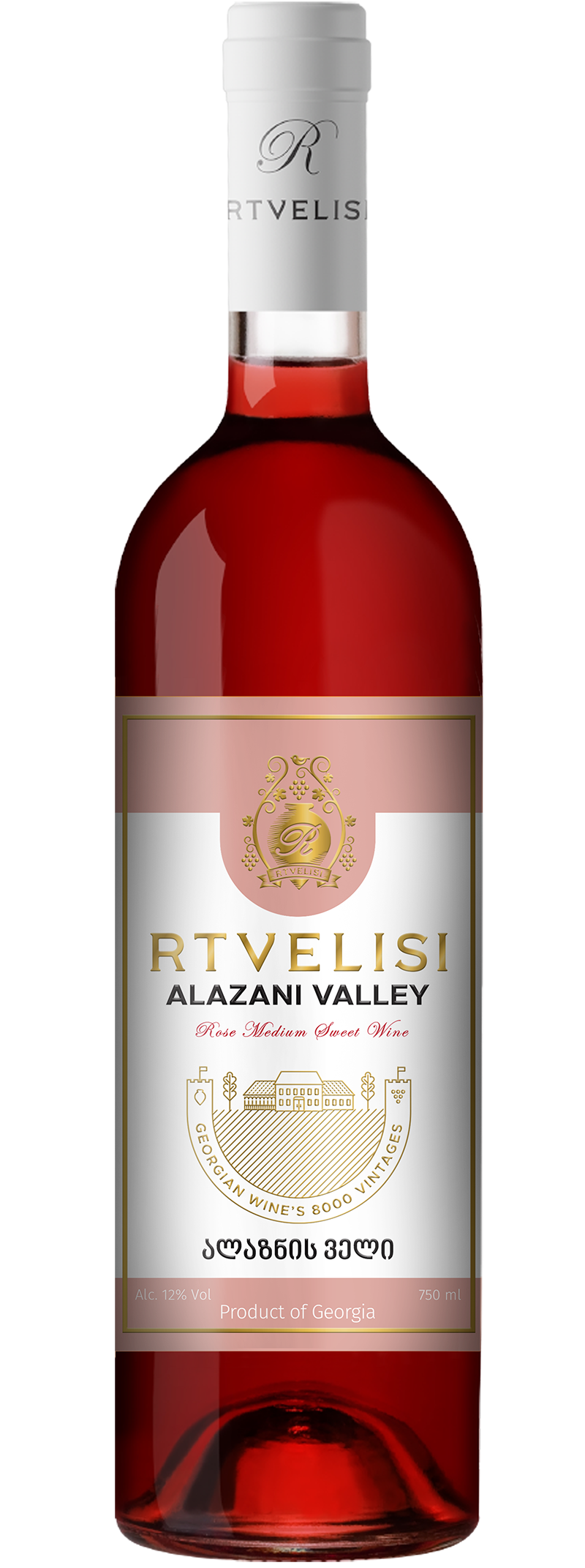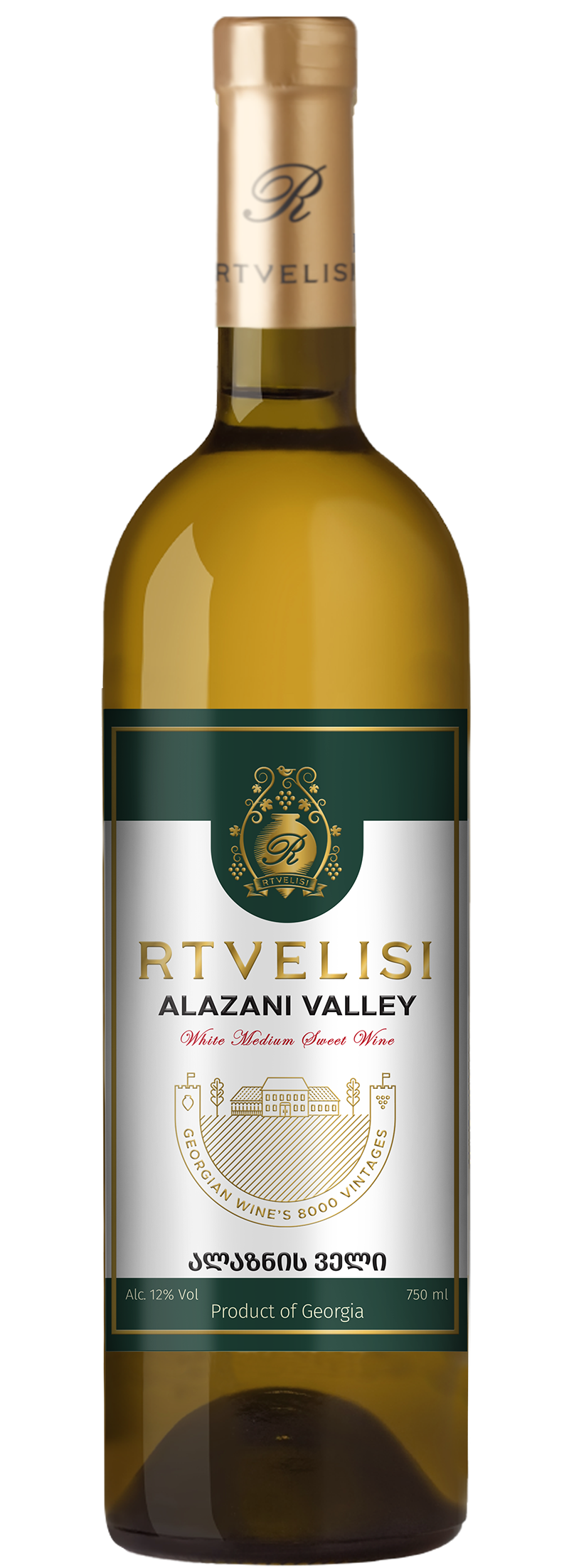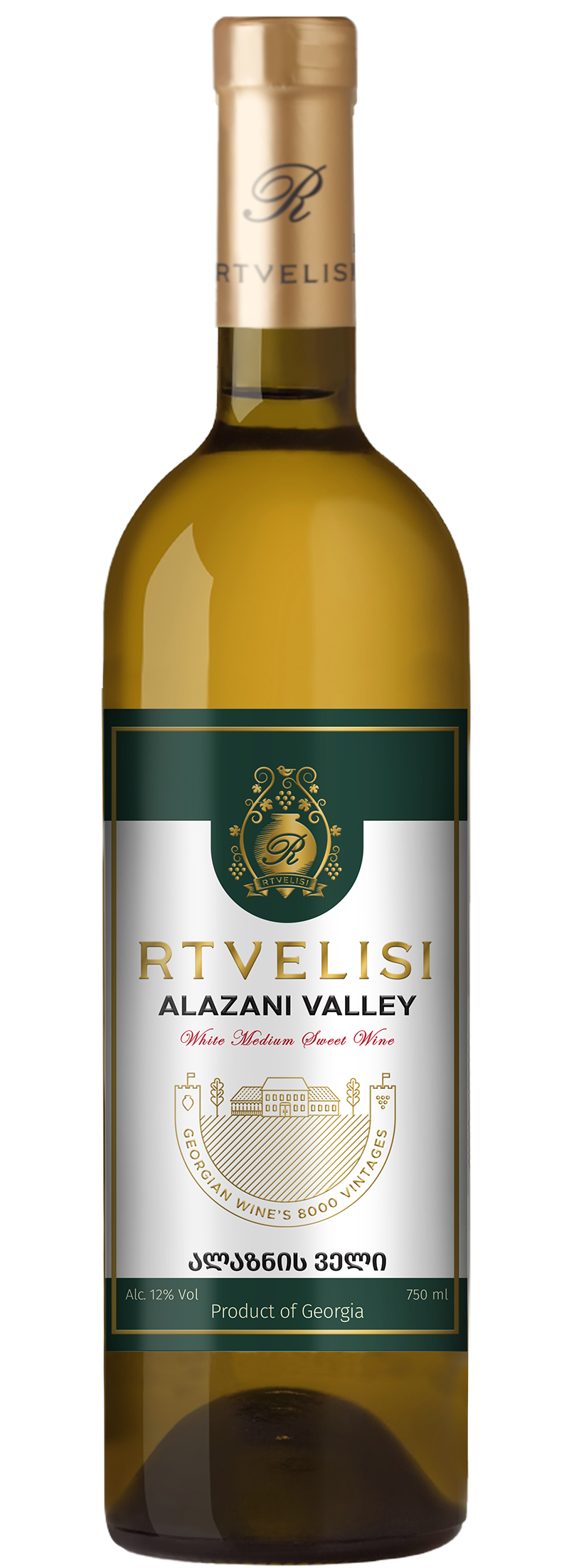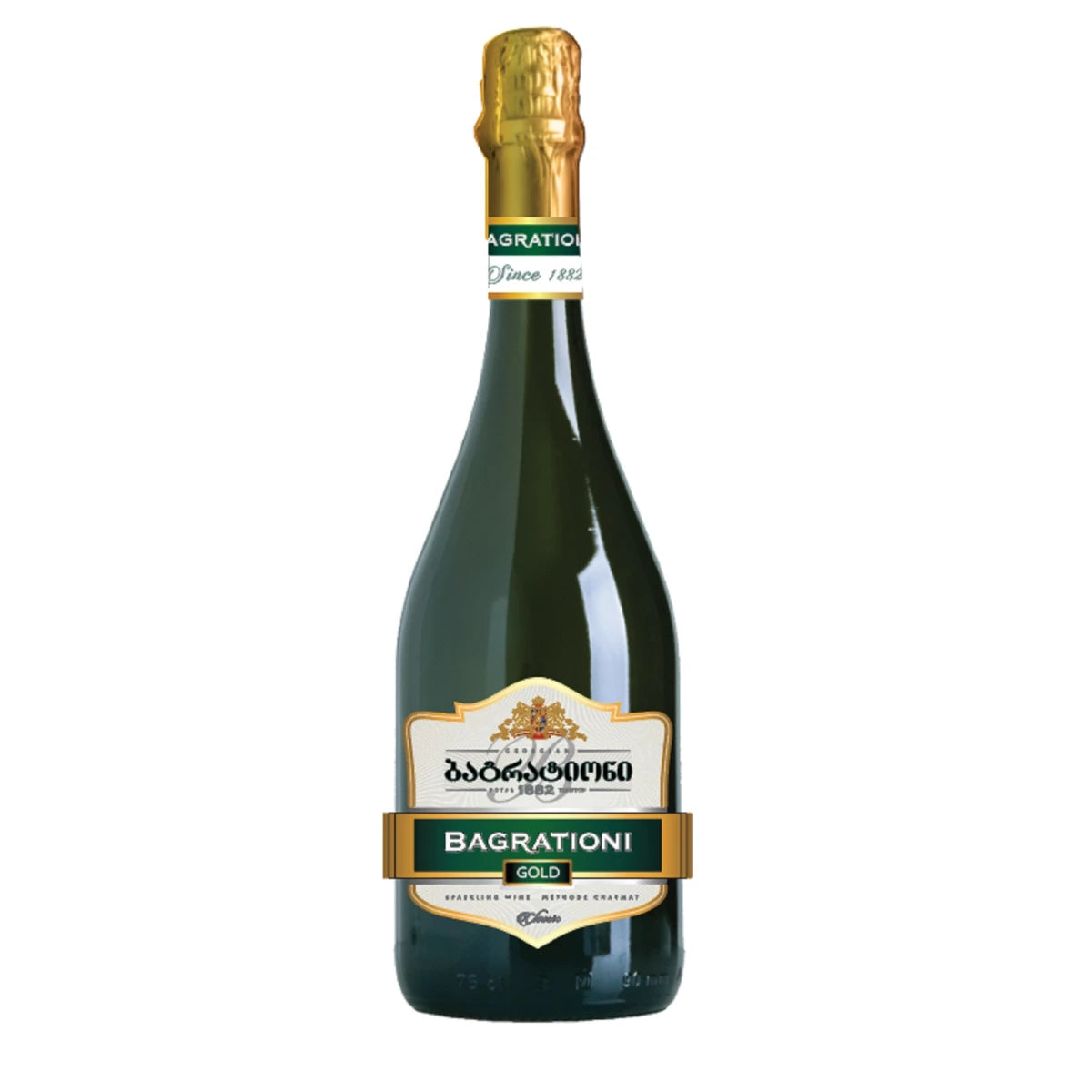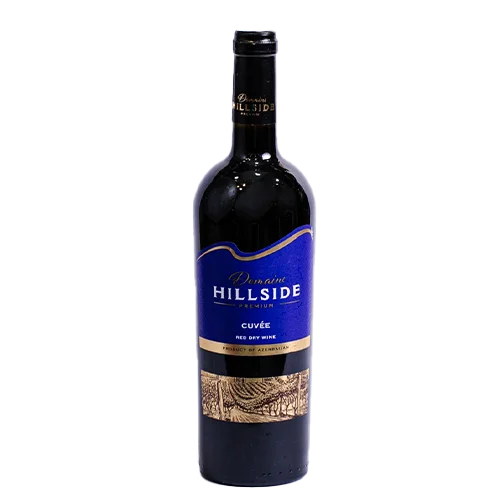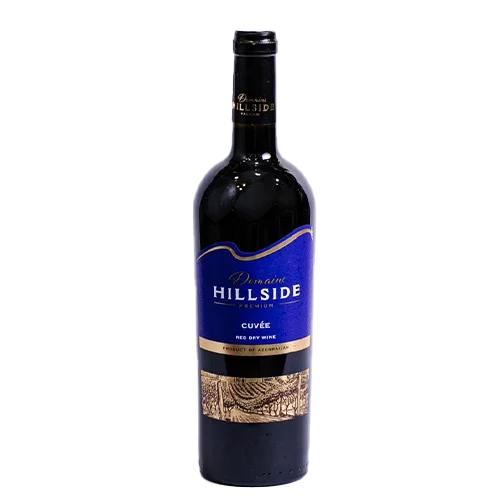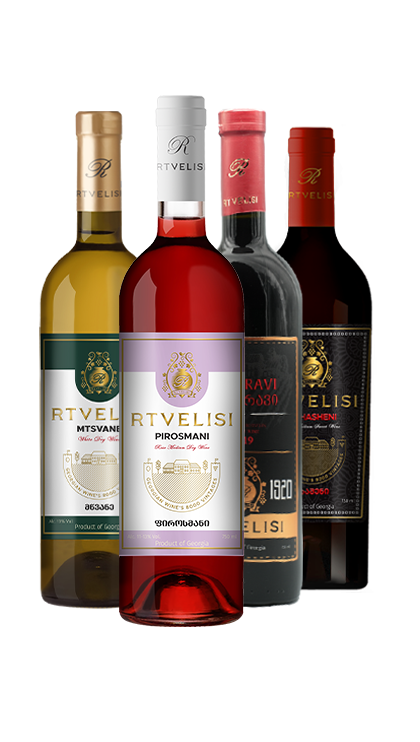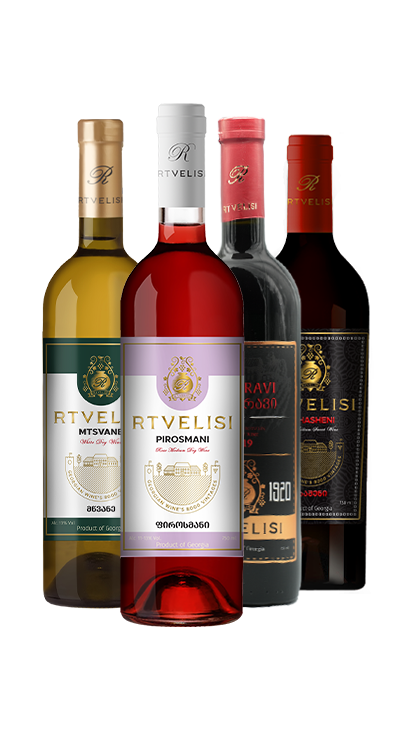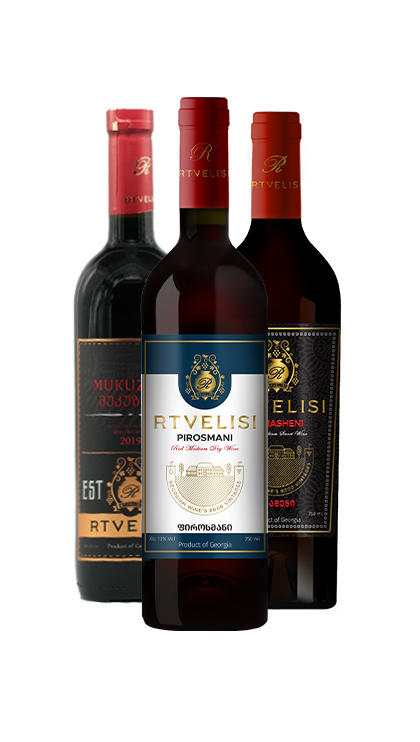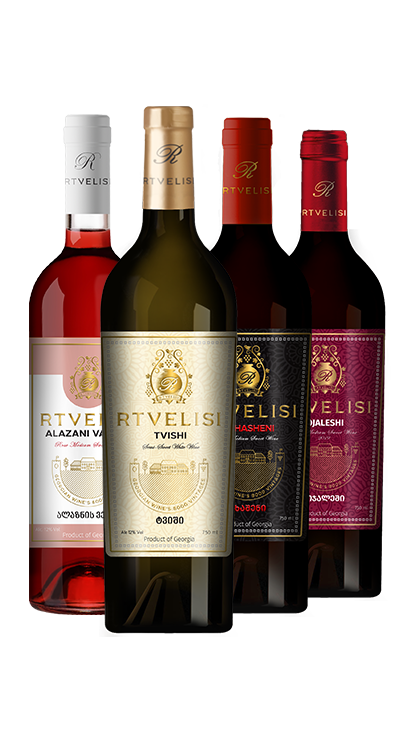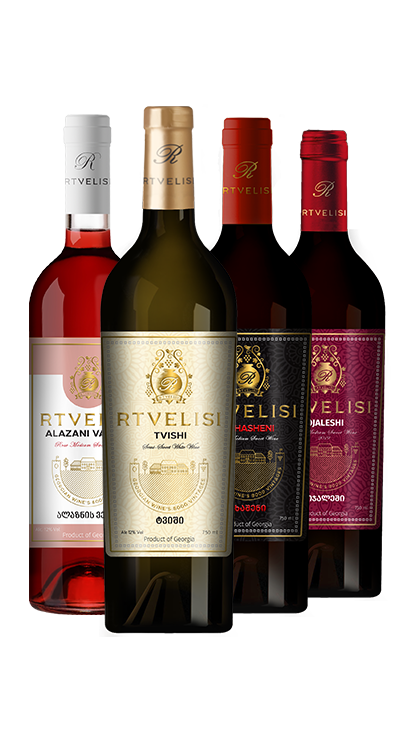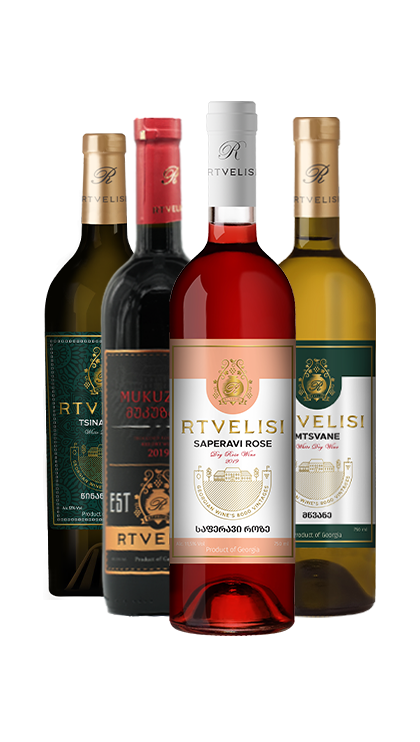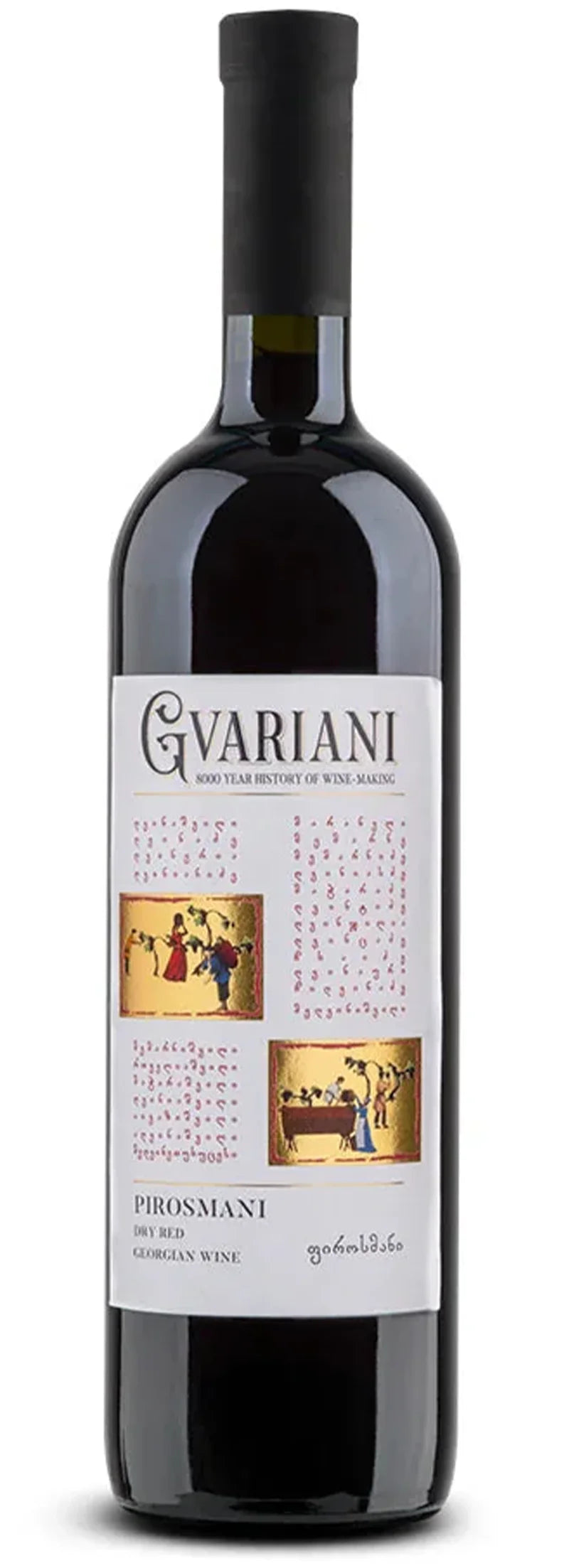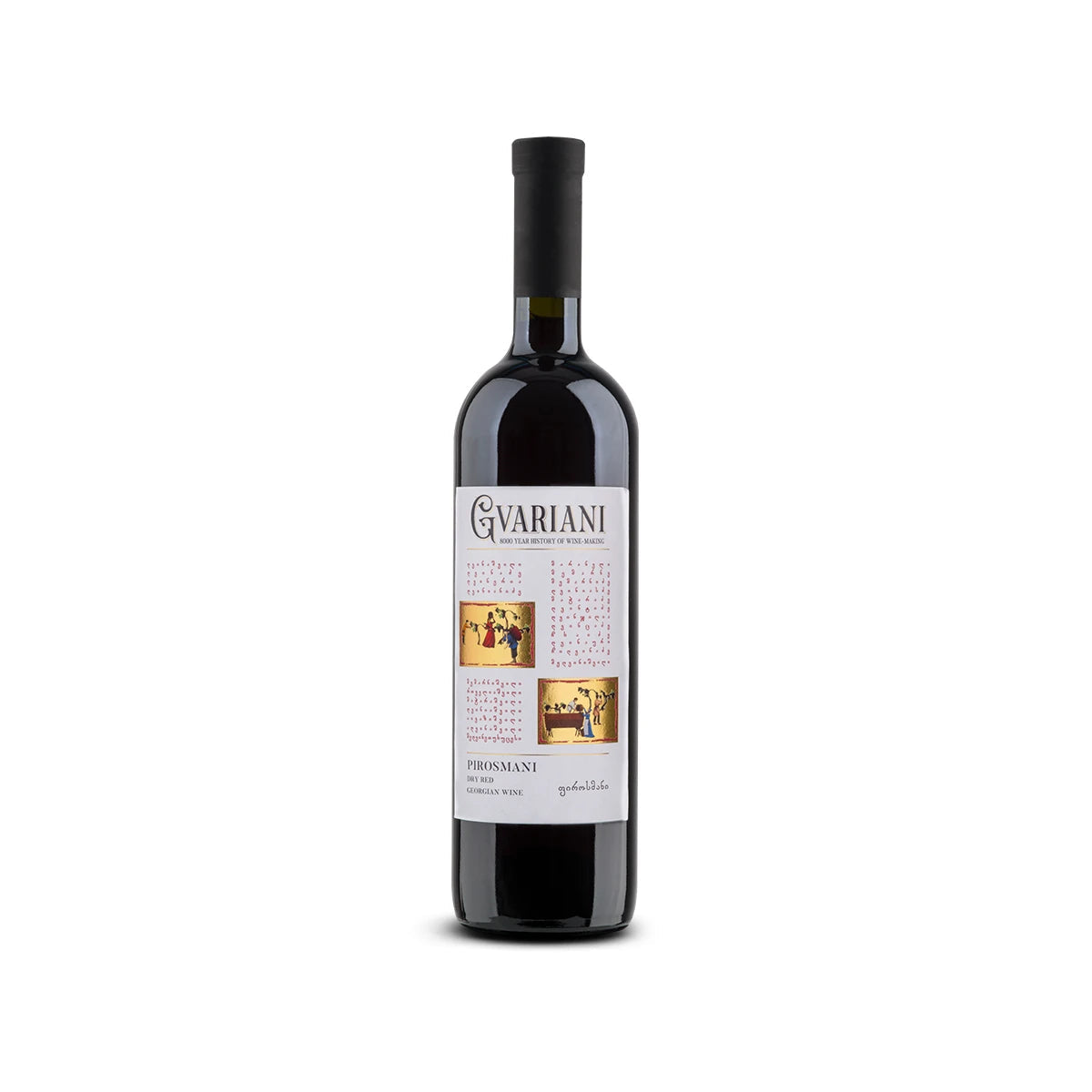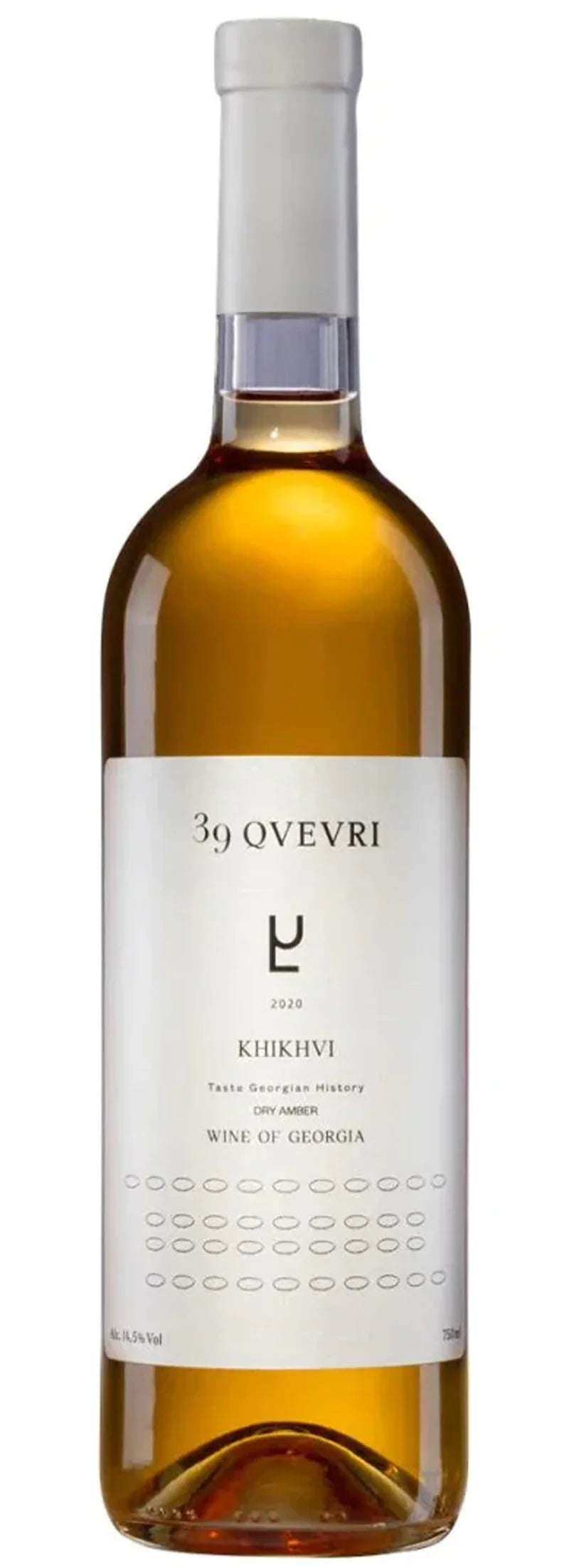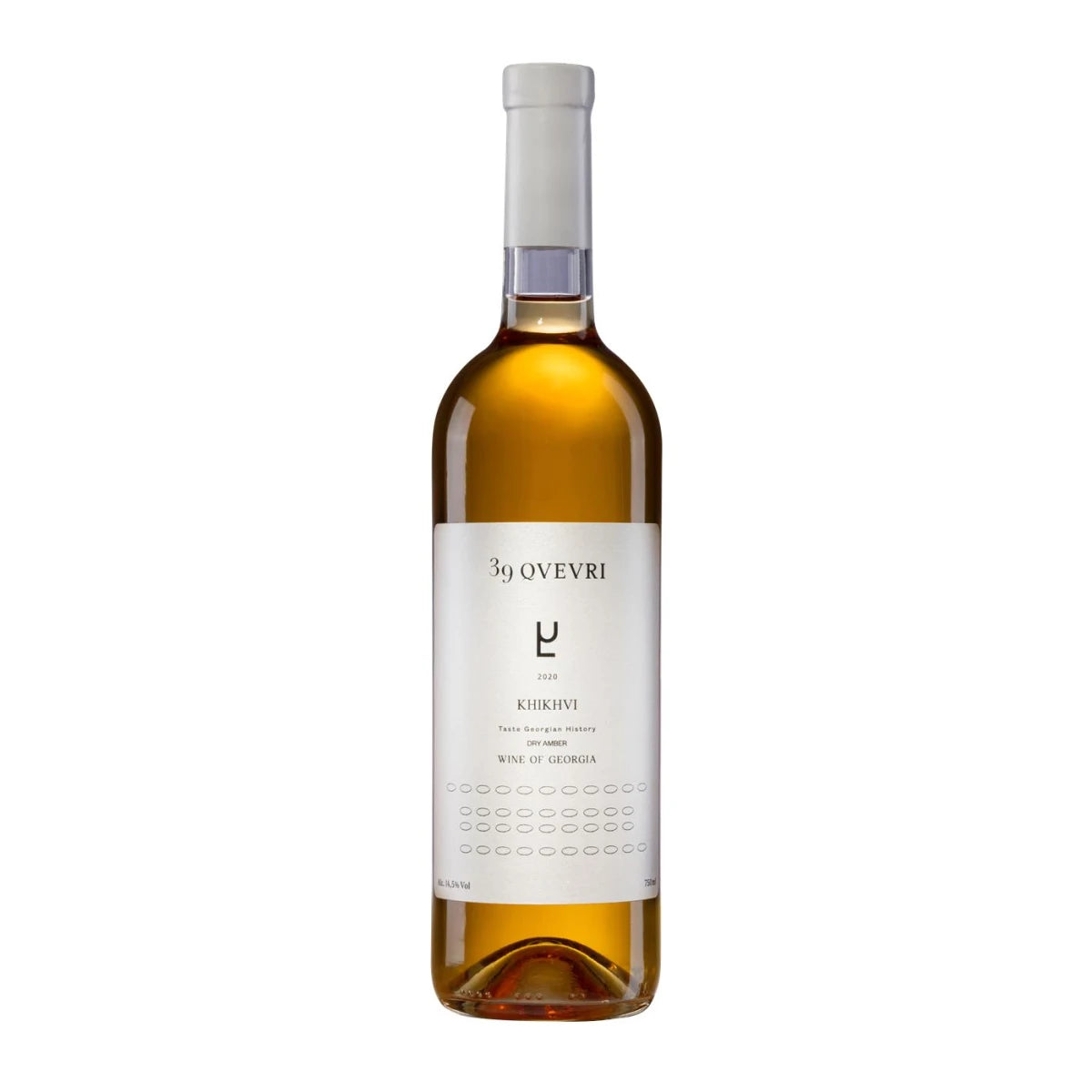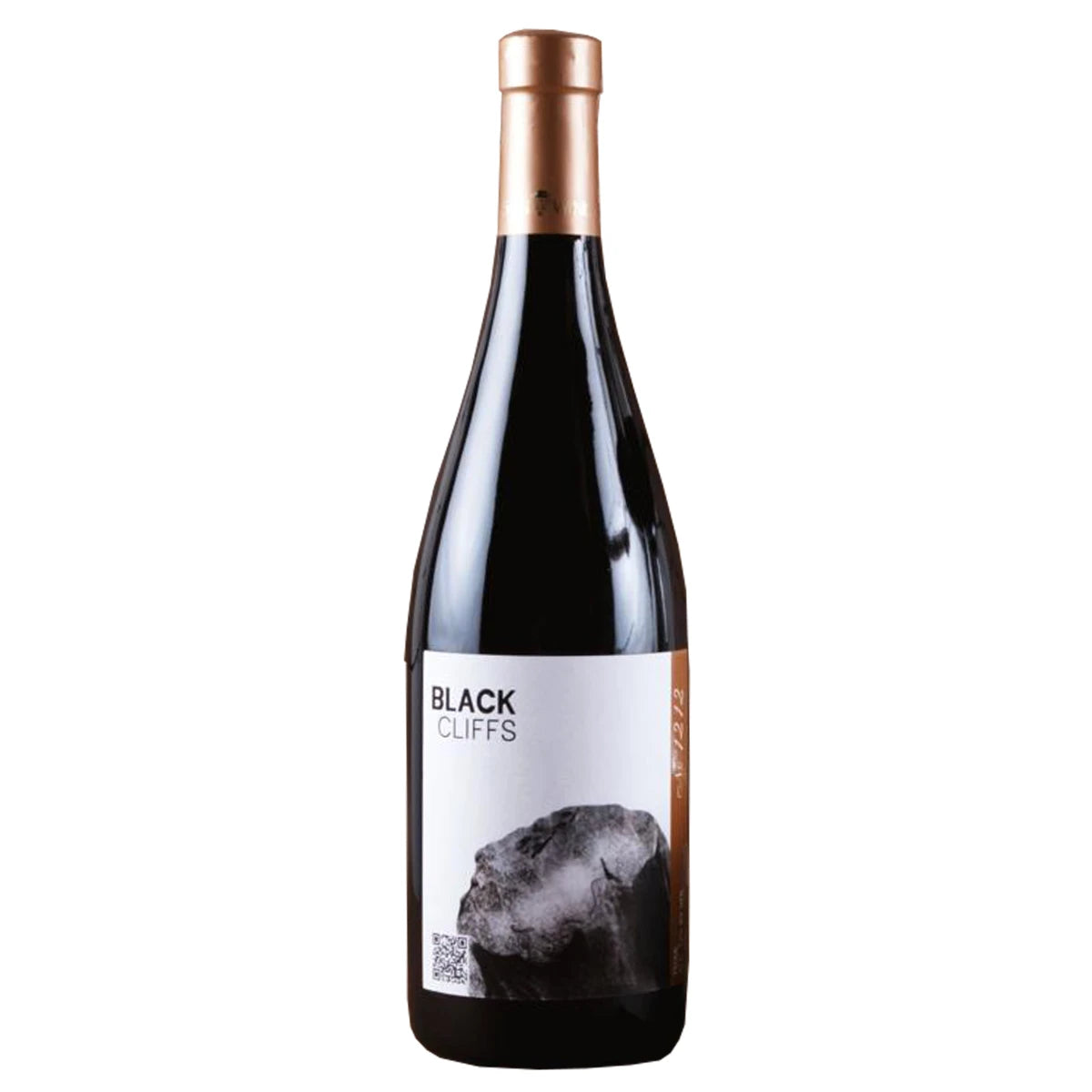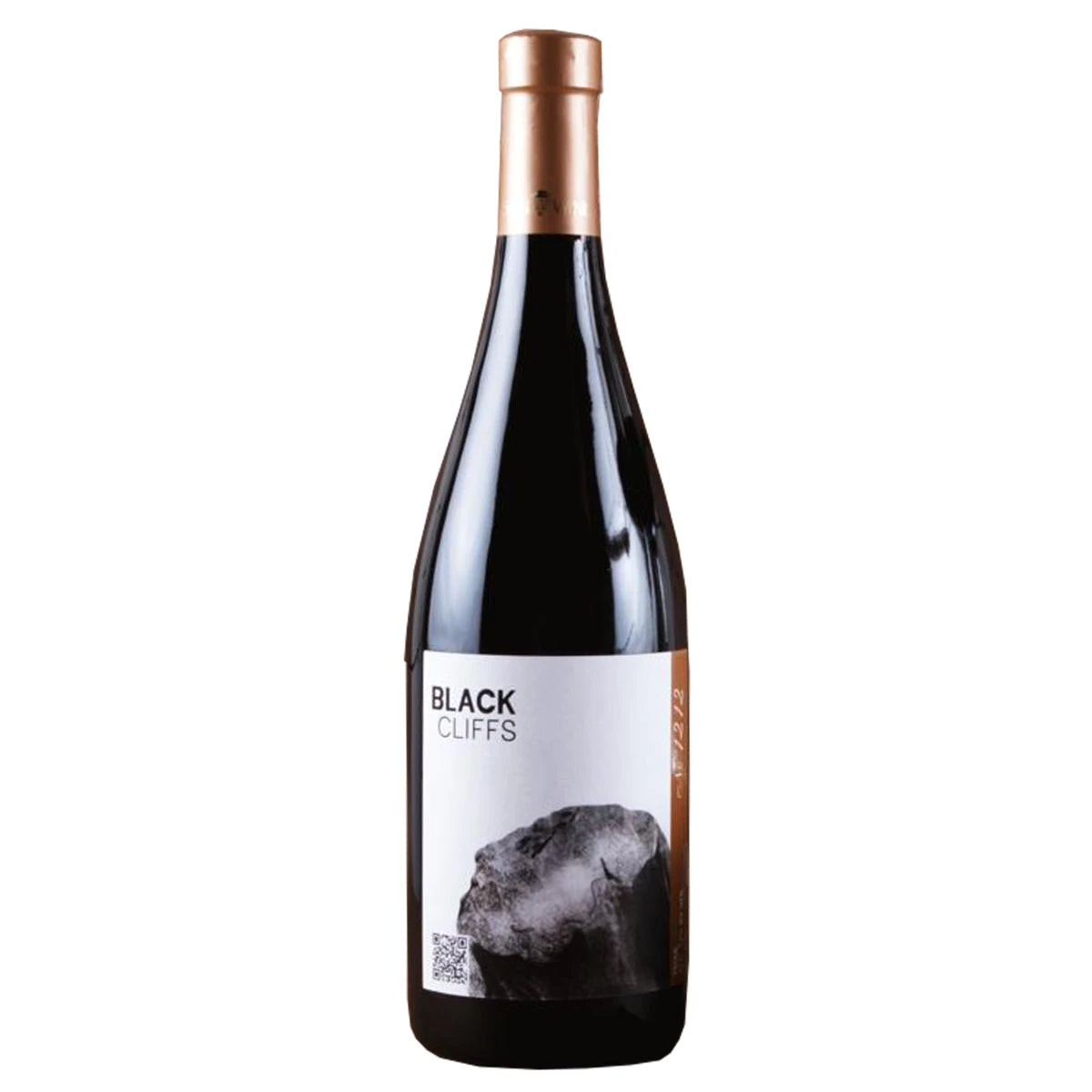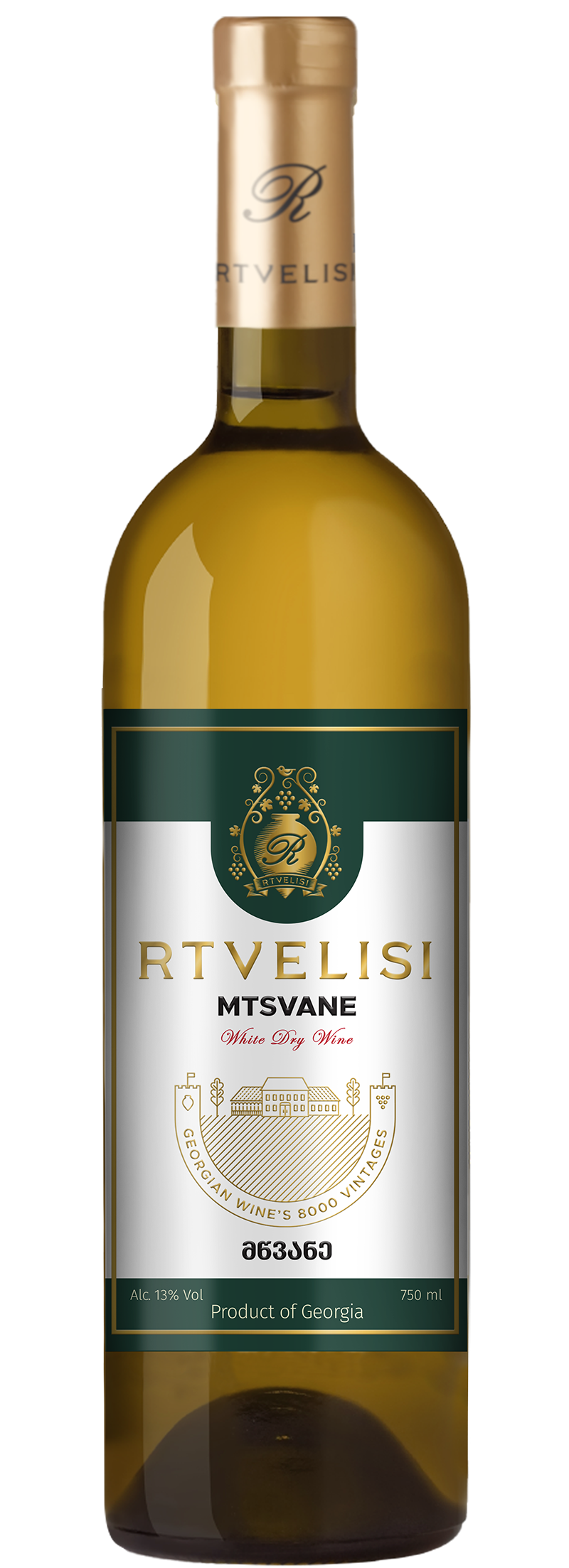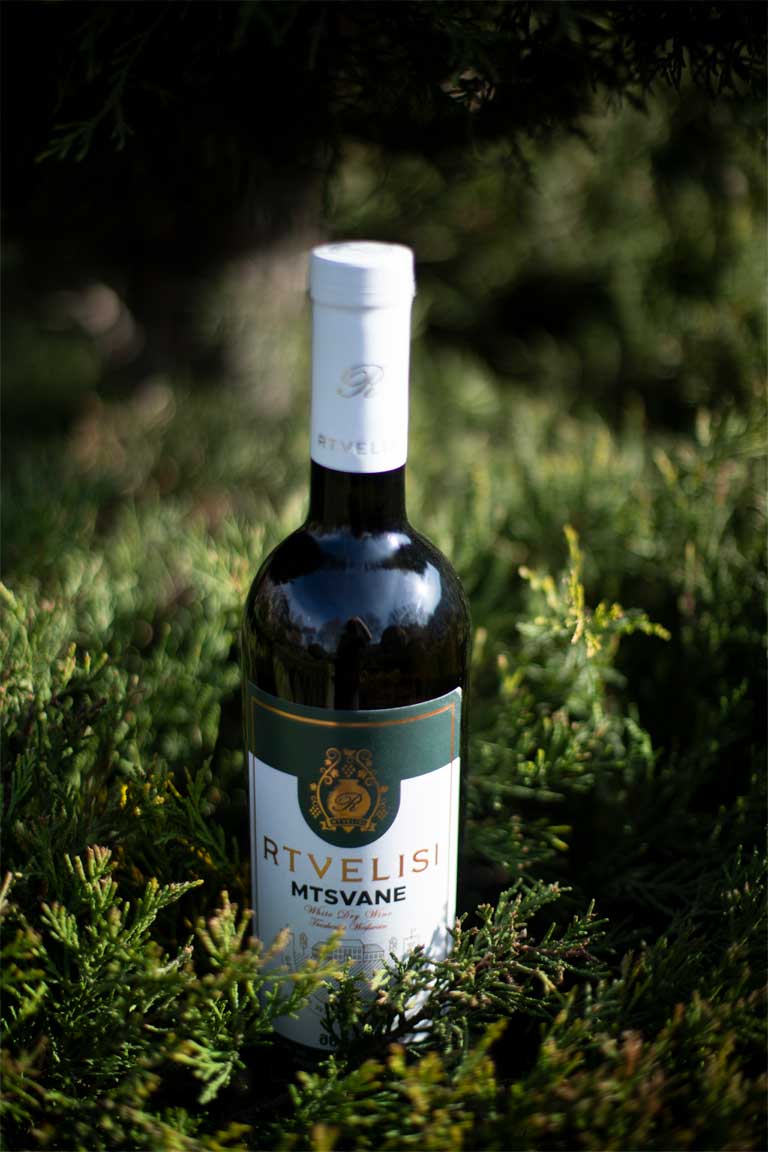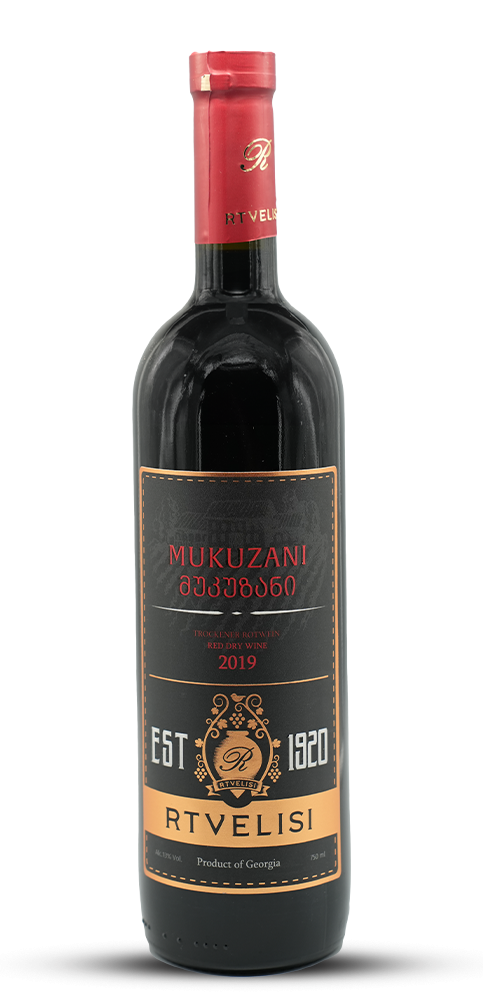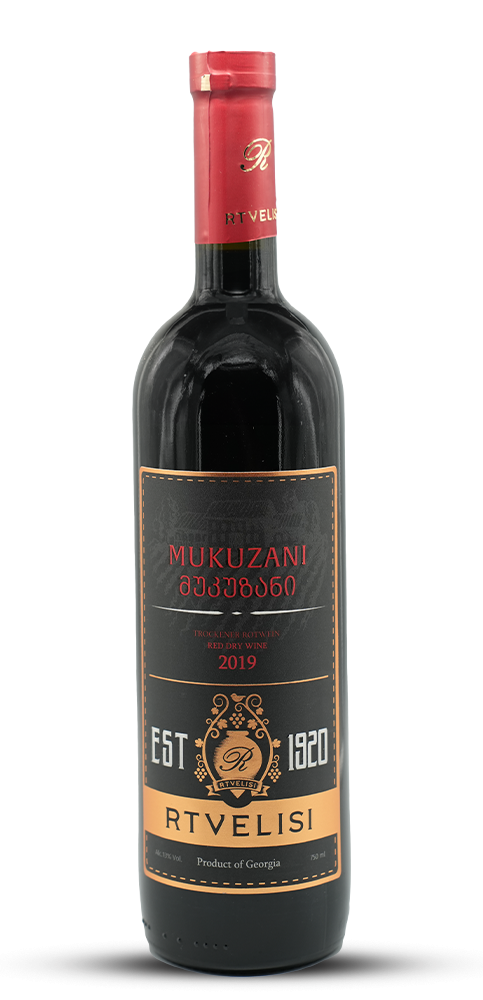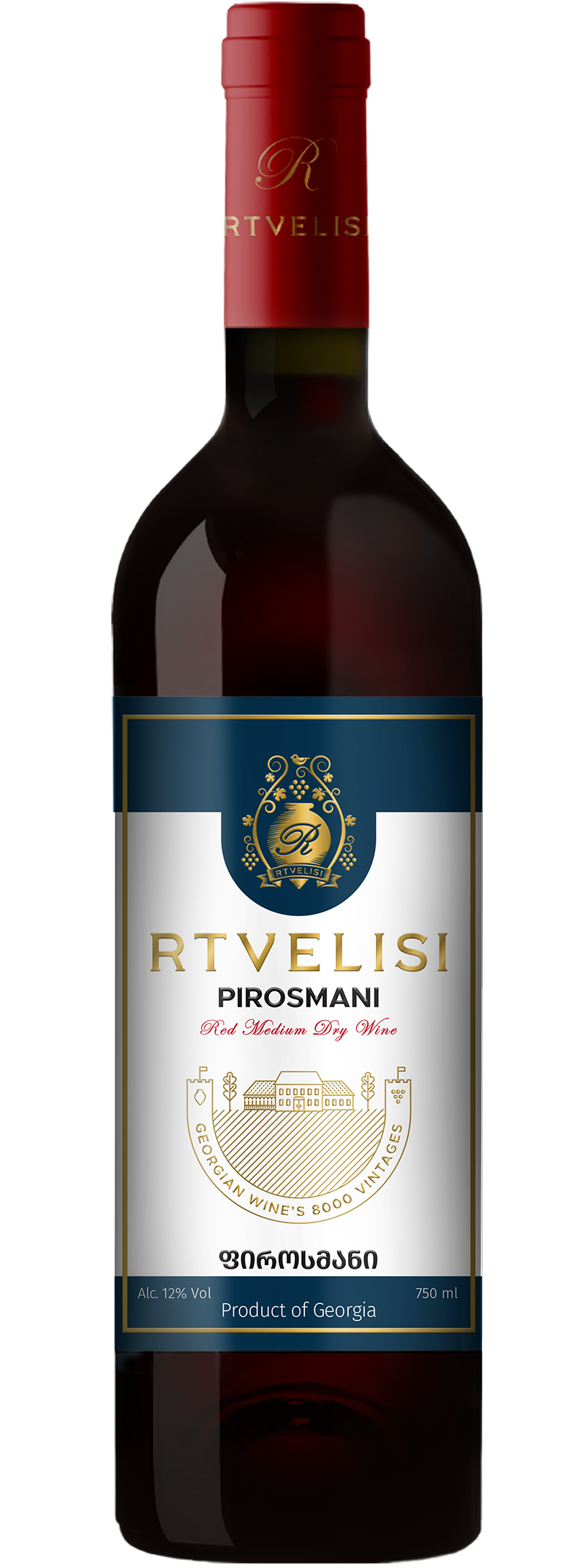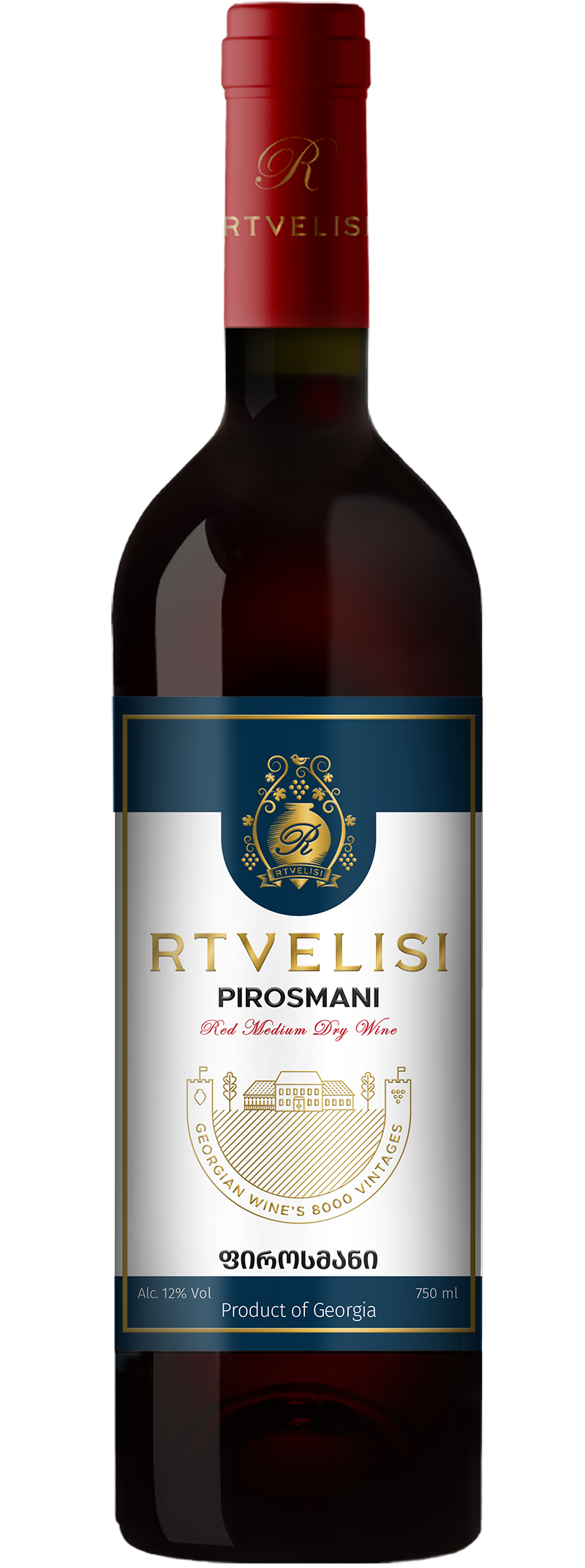Säure ist ebenfalls ein wichtiger Bestandteil des Weins und kommt mit 4,0 bis 9,0 g/l im Wein vor. Es gibt verschiedene Säurearten. Die meisten befinden sich bereits im Traubenmost wie die Weinsäure, Apfelsäure und Zitronensäure. Andere Säuren, wie Milchsäure, bilden sich erst später, als Nebenprodukt der Gärung. Alle zusammen sorgen für die Frische und Struktur im Wein. Auch Kohlensäure kommt oft im Wein vor. Diese entweicht aber, sobald der Wein geöffnet wird.
Der Säuregehalt hängt von vielen Faktoren ab. Die wichtigsten sind dabei der Reifezustand des Lesegutes sowie die Traubenart.
Man kann sich aber merken: Je jünger die Traube, desto höher ist der Säureanteil.
Gemessen wird der Säureanteil im Wein mittels des PH-Werts. Wenn der Wein einen hohen Säuregehalt aufweist, wird größtenteils ein niedriger pH-Wert erfasst (neutraler pH-Wert liegt bei 0,7). Wenn der Gehalt an Weinsäure dem Winzer zu hoch ist, hat er die Möglichkeit diese mittels „Entsäuerung“ zu verringern.
Übrigens: Weißwein hat meist mehr Säure als Rotwein!






